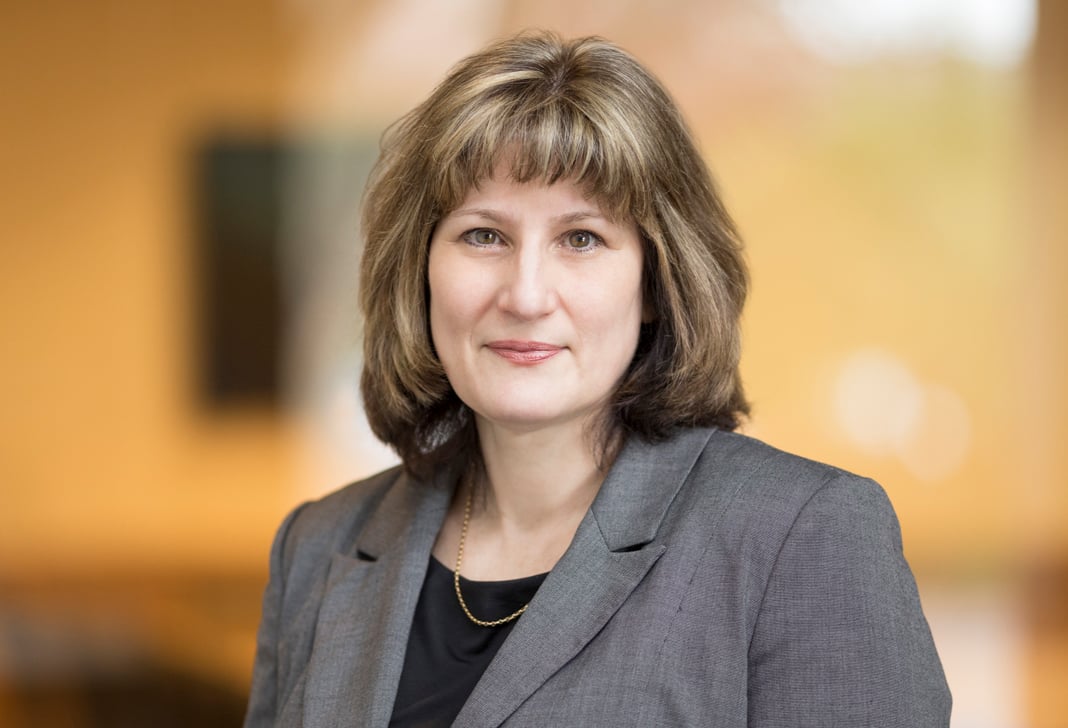
USPTO Sends Guidance on Subject Matter Eligibility in View of Enfish Decision
In its continuing efforts to provide guidance regarding subject matter eligibility under 35 U.S.C. § 101, the United States Patent and Trademark Office ("USPTO") sent a Memorandum on May 19, 2016 ("USPTO Memo"), to the Patent Examining Corps regarding the recent subject matter eligibility decisions in Enfish, LLC v. Microsoft Corp.[1] and TLI Communication LLC v. A.V. Automotive, LLC,[2] by the United States Court of Appeals by the Federal Circuit.
In Enfish, the Federal Circuit reversed the district court's grant of summary judgment, which found the claims of U.S. Patent Nos. 6,151,604 and 6,163,775 not patent eligible under 35 U.S.C. § 101. In reversing, the court held, among other rulings, that the claims were not directed to an abstract idea under the first step of the Alice test (Step 2A).[3],[4] The court explained that this first step "is a meaningful one" and "cannot simply ask whether the claims involve a patent-ineligible concept, because essentially every routinely patent-eligible claim involving physical products and actions involves a law of nature and/or natural phenomenon—after all, they take place in the physical world." Rather, the inquiry must consider whether the claims' "character as a whole is directed to excluded subject matter." The court then stated, "[w]e do not read Alice to broadly hold that all improvements in computer-related technology are inherently abstract" and noted that software can "make non-abstract improvements to computer technology just as hardware improvements can" under Alice.
In the USPTO Memo, the Deputy Commissioner for Patent Examination Policy, Robert W. Bahr, summarizes the Federal Circuit's analysis under Step 2A in the Enfish decision and notes that the subject matter eligibility examination instructions, as set out in the 2014 Interim Eligibility Guidance, July 2015 Update, and May 4, 2016 memorandum to examiners,[5] are consistent with this analysis.
The Deputy Commissioner then states:
[A]n examiner may determine that a claim directed to improvements in computer-related technology is not directed to an abstract idea under Step 2A of the subject matter eligibility examination guidelines (and is thus patent eligible), without the need to analyze the additional elements under Step 2B. In particular, a claim directed to an improvement to computer-related technology (e.g., computer functionality) is likely not similar to claims that have previously been identified as abstract by the courts.
The Deputy Commissioner further makes mention of the more recently decided TLI Communications, where the Federal Circuit affirmed an order to dismiss, finding that the claims were directed to an abstract idea under the first step of the Alice test (Step 2A). The Deputy Commissioner explains that the Federal Circuit determined "steps of recording, administration and archiving of digital images … to be directed to the abstract idea of classifying and storing digital images in an organized manner (Step 2A)" and found that performing the steps of "using a telephone unit and a server did not add significantly more to the abstract idea because they were well-understood, routine, conventional activities (Step 2B)."[6]
The Deputy Commissioner concludes with the following instructions to examiners:
In summary, when performing an analysis of whether a claim is directed to an abstract idea (Step 2A), examiners are to continue to determine if the claim recites (i.e., sets forth or describes) a concept that is similar to concepts previously found abstract by the courts. The fact that a claim is directed to an improvement in computer-related technology can demonstrate that the claim does not recite a concept to previously identified abstract ideas.
Conclusion
The Enfish decision and this recent USPTO Memo from Deputy Commissioner Bahr confirm that improvements in computer-related technology are not always, by definition, abstract ideas under the first step of the Alice test. Thus, applicants may wish to consider identifying the improvement offered by the claimed invention and inquiring as to whether that improvement represents a specific improvement to the technology itself.
In a presentation on June 8 at the 2016 BIO International Convention (San Francisco, CA), Deputy Commissioner Bahr reviewed "Subject Matter Eligibility in the Life Sciences: Evolution of USPTO Guidance."
Most recently, in a USPTO Patent Quality Chat presented June 21, Deputy Commissioner Bahr discussed "Evaluating Subject Matter Eligibility" with respect to inventions in the life sciences area and improvements in computer-related technology in view of the Enfish decision.
In his recent presentations, the Deputy Commissioner summarized the USPTO guidance to date and emphasized that the USPTO continues to welcome feedback from the public with an open-ended comment period. The Deputy Commissioner indicated that the USPTO continues to follow Federal Circuit decisions relating to subject matter eligibility and that additional decisions may continue to fill gaps. He also indicated that the USPTO's focus is on improving the consistent application of the guidance in the Patent Examining Corps, including through continuing training programs for examiners.
Lawyer Contacts
For further information, please contact your principal Firm representative or one of the lawyers listed below. General email messages may be sent using our "Contact Us" form, which can be found at www.jonesday.com/contactus/.
John V. Biernacki
Cleveland
+1.216.586.7747
jvbiernacki@jonesday.com
Carl A. Kukkonen III
San Diego
+1.858.314.1178
ckukkonen@jonesday.com
Janet M. McNicholas
Silicon Valley / Chicago
+1.650.739.3945 / +1.312.269.4172
jmcnicholas@jonesday.com
A. Patricia Campbell
Silicon Valley
+1.650.687.4138
pcampbell@jonesday.com
Matthew W. Johnson
Pittsburgh
+1.412.394.9524
mwjohnson@jonesday.com
Yury Kalish
Washington
+1.202.879.3616
ykalish@jonesday.com
Jones Day publications should not be construed as legal advice on any specific facts or circumstances. The contents are intended for general information purposes only and may not be quoted or referred to in any other publication or proceeding without the prior written consent of the Firm, to be given or withheld at our discretion. To request reprint permission for any of our publications, please use our "Contact Us" form, which can be found on our website at www.jonesday.com. The mailing of this publication is not intended to create, and receipt of it does not constitute, an attorney-client relationship. The views set forth herein are the personal views of the authors and do not necessarily reflect those of the Firm.
[1] Enfish, LLC v. Microsoft Corp., No. 15-1244 (Fed. Cir. May 12, 2016).
[2] TLI Communications, LLC v. AV Automotive, L.L.C., No. 15-1372 (Fed. Cir. May 17, 2016).
[3] Alice Corp. v. CLS Bank International, 573 U.S. __, 134 S.Ct. 2347, 110 USPQ2d 1976 (2014). The Alice test has two steps: Step 1 and Step 2. Step 1 inquires whether the claim is directed to a statutory category (e.g., a process, machine, manufacture, or composition of matter). If the answer is "yes," the analysis proceeds to Step 2A, which inquires whether the claim is directed to a law of nature, a natural phenomenon, or an abstract idea (judicial exceptions). If the answer is "no," the claim is eligible, and examination should continue for patentability. If the answer is "yes," analysis proceeds to Step 2B, which inquires whether the claim as a whole amounts to significantly more than the exception.
[5] See, e.g., claim 17 of U.S. Patent No. 6,151,604 which recites, in part, "[a] data storage and retrieval system for a computer memory, comprising: means for configuring said memory according to a logical table …." According the court, "the claims are not simply directed to any form of storing tabular data, but instead are specifically directed to a self-referential table for a computer database …." The court found that this self-referential table was directed to a specific improvement in computer capabilities, in contrast to Alice, where the claimed technology only added a computer to a traditional business practice.
[6] USPTO Memo at 2.





